 At last! It's Friday. After what feels like a longer week than usual (perhaps St. Patrick's Day had something to do with it?), this Friday it feels only natural to offer up a more random smattering of news headlines, wine musings and event updates than usual. Much like wine can, I like to think I'm serving up a little something for everyone today. So here it is!
Sting is making his own wine. Indeed. I've seen this bit of news posted by every possible media outlet. If the wine is as good as the coverage he's getting, we're in for a treat!
At last! It's Friday. After what feels like a longer week than usual (perhaps St. Patrick's Day had something to do with it?), this Friday it feels only natural to offer up a more random smattering of news headlines, wine musings and event updates than usual. Much like wine can, I like to think I'm serving up a little something for everyone today. So here it is!
Sting is making his own wine. Indeed. I've seen this bit of news posted by every possible media outlet. If the wine is as good as the coverage he's getting, we're in for a treat!
Merlot might be getting its second wind. I've been noticing the same thing myself, but this week Gaiter and Brecher conducted a hearty taste-off to see if the grape nearly sentenced to death by Miles is worthy of a reprieve. I was a little disappointed to see the duo reflect on mainstream offerings, but by the same token felt it was an interesting experiment - and certainly a testament to good Merlot being quite delicious. I for one prefer it 7 out of 10 times to Cabernet Sauvignon. Ask your local wine buyer what unique example they have on hand and give it a swirl!
If there is an opportunity to link wine with sports, you know I've scored court-side tickets, am sitting behind the dugout or rejoicing on the 50 yard line. Once again Grape Madness has developed a wine bracket in celebration of March Madness. Maybe you'll want to come up with your own version of this fun little game, but I can't resist passing it along. Thanks go out to Robert Dwyer for reminding me about this annual wine diversion.
Finally, for those of you around town looking for a fun night out in support of a great organization, WGBH is hosting a Wine Auction run by Skinner Auction House. The event will be a week from Saturday, on March 28th. Check it out!


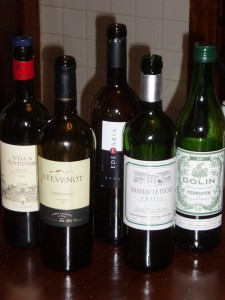 I hope you and yours had a wonderful time popping a cork or two last Saturday night for
I hope you and yours had a wonderful time popping a cork or two last Saturday night for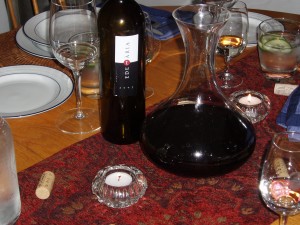 %) and Cabernet Sauvignon (25%). My inspiration for the paprika braised chicken was distinct from the wine I knew I would have on offer, so decanting was a priority to soften any rough edges and remove the sediment the wine was likely to throw. Since I know my friend prefers fruit-forward wines to uber-dry ones, I hoped this wine would deliver a nice silky mouthfeel, with both red and black fruits apparent. Finally, given the region's proximity to the Priorat, I hoped it would have a gentle herbaceousness and a touch of earthy leather. I was pleased to discover it delivered on all of the above!
%) and Cabernet Sauvignon (25%). My inspiration for the paprika braised chicken was distinct from the wine I knew I would have on offer, so decanting was a priority to soften any rough edges and remove the sediment the wine was likely to throw. Since I know my friend prefers fruit-forward wines to uber-dry ones, I hoped this wine would deliver a nice silky mouthfeel, with both red and black fruits apparent. Finally, given the region's proximity to the Priorat, I hoped it would have a gentle herbaceousness and a touch of earthy leather. I was pleased to discover it delivered on all of the above!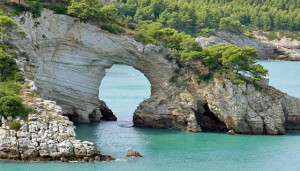 "Wanna get away?" If you, like me, reside in a place where falling snow is a telltale sign winter is fully underway, you are often thinking of an escape to other places. Sometimes we are so lucky to just up and go. And sometimes we have to find other ways to scratch the itch and explore something new, that makes us feel like we're getting away.
I've learned winter is not a time to abandon whites. In fact, they are often the perfect thing! Last weekend, with snow in the forecast (again), I decided to live vicariously through my culinary escapades.... And haddock with a mango salsa, lemon roasted potatoes and (interestingly) roasted spears of sweet summer squash were just my ticket! Truth be told, I had been eying a brand new white we had just brought into the store and knew such a fresh take on a winter warming menu would be a perfect match for my wine of the weekend. I popped the cork on the 2007 DiLeonardo Toh! Friulano and dug in.
"Wanna get away?" If you, like me, reside in a place where falling snow is a telltale sign winter is fully underway, you are often thinking of an escape to other places. Sometimes we are so lucky to just up and go. And sometimes we have to find other ways to scratch the itch and explore something new, that makes us feel like we're getting away.
I've learned winter is not a time to abandon whites. In fact, they are often the perfect thing! Last weekend, with snow in the forecast (again), I decided to live vicariously through my culinary escapades.... And haddock with a mango salsa, lemon roasted potatoes and (interestingly) roasted spears of sweet summer squash were just my ticket! Truth be told, I had been eying a brand new white we had just brought into the store and knew such a fresh take on a winter warming menu would be a perfect match for my wine of the weekend. I popped the cork on the 2007 DiLeonardo Toh! Friulano and dug in.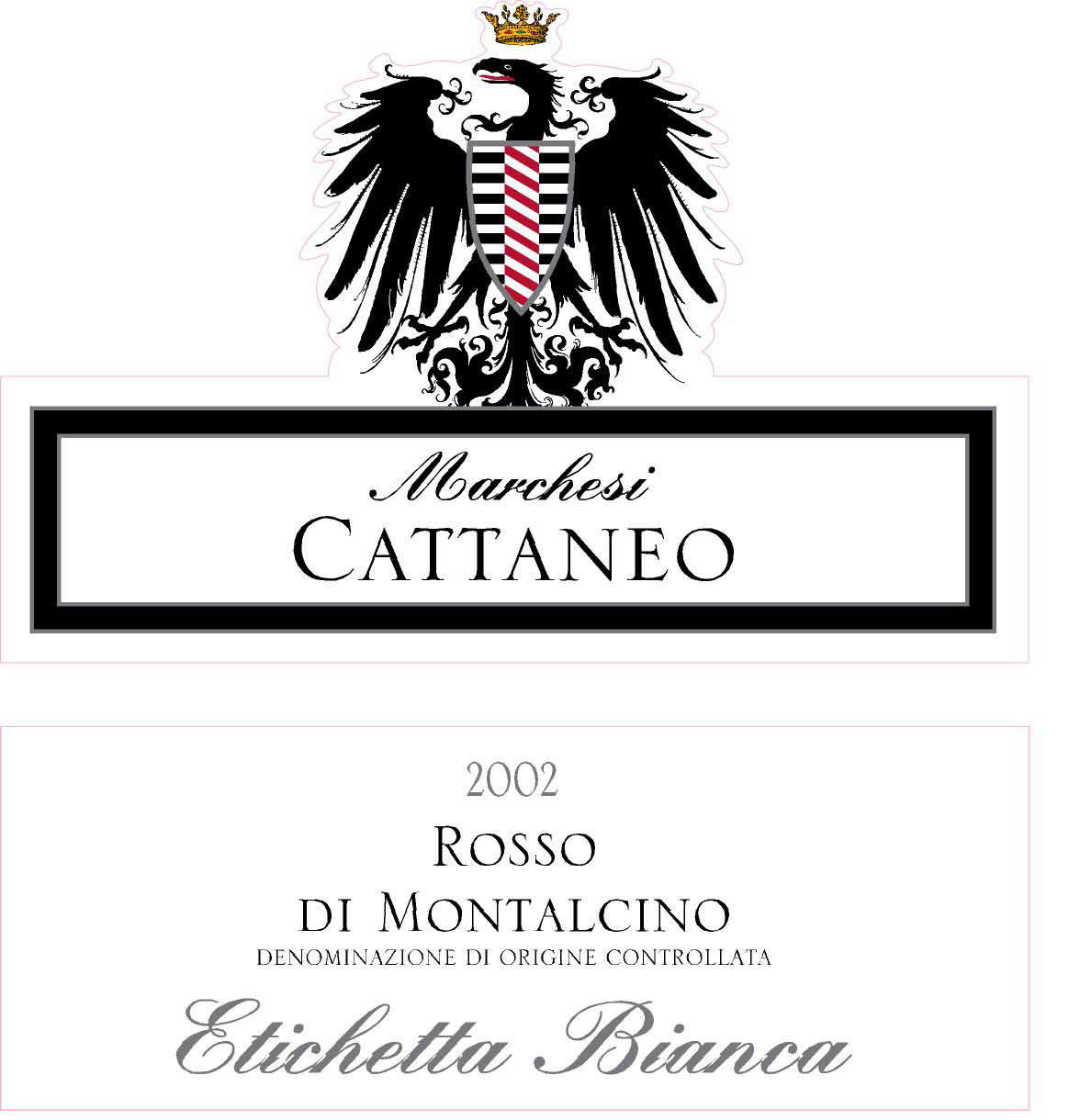 Italian wine production is much like its history and tradition: dynamic, rich and... complicated. Despite this sometimes intimidating complexity (in terms of wine laws, in particular) every time I pick up a bottle from the Tuscan region I am transported to clarity. Tuscan wines are a consistent articulation of what I appreciate most about good wine; they are a liquid language, translating a uniquely local art, history and culture. The wines are fulfillingly layered with flavor, quenching your thirst for what it is you really seek: pure pleasure.
Italian wine production is much like its history and tradition: dynamic, rich and... complicated. Despite this sometimes intimidating complexity (in terms of wine laws, in particular) every time I pick up a bottle from the Tuscan region I am transported to clarity. Tuscan wines are a consistent articulation of what I appreciate most about good wine; they are a liquid language, translating a uniquely local art, history and culture. The wines are fulfillingly layered with flavor, quenching your thirst for what it is you really seek: pure pleasure.
 You know you're back from vacation when it takes you at least 2 or 3 times the amount of time it normally would to undertake just one, every day, item on your list. Yes, I've been trying to get caught up on all of my wine industry news, sifting through the virtual paperwork to bring you a few headline highlights this Friday. A few winemakers have passed on (too depressing to write more about in the New Year, but you can hop over to
You know you're back from vacation when it takes you at least 2 or 3 times the amount of time it normally would to undertake just one, every day, item on your list. Yes, I've been trying to get caught up on all of my wine industry news, sifting through the virtual paperwork to bring you a few headline highlights this Friday. A few winemakers have passed on (too depressing to write more about in the New Year, but you can hop over to  If you recall, last Wednesday we launched my December series "a bit on bubbly" and talked about Growers Champagne. I didn't go much into the production process - or the flavors, for that matter - spending more time talking about the technicalities (and economics) of what makes Growers Champagne special and distinct from the bigger houses' offerings. I promise to circle back to these lovely wines before we ring in the New Year - because I definitely was inspired by many of the wines I was privileged to taste last week, and you really only get the "excuse" to buy expensive bubbly once in a while! But in the meantime, I think its important we move on to a different sparkling wine: Prosecco.
Prosecco is Italian for bubbly. Well, nearly... Asti is the better known of the two predominant sparkling wines the Italians produce; but increasingly Americans have figured out Prosecco equates quality bubbly from Italy, at an affordable price. Venetians, for their part, turn to it daily; lucky devils!
If you recall, last Wednesday we launched my December series "a bit on bubbly" and talked about Growers Champagne. I didn't go much into the production process - or the flavors, for that matter - spending more time talking about the technicalities (and economics) of what makes Growers Champagne special and distinct from the bigger houses' offerings. I promise to circle back to these lovely wines before we ring in the New Year - because I definitely was inspired by many of the wines I was privileged to taste last week, and you really only get the "excuse" to buy expensive bubbly once in a while! But in the meantime, I think its important we move on to a different sparkling wine: Prosecco.
Prosecco is Italian for bubbly. Well, nearly... Asti is the better known of the two predominant sparkling wines the Italians produce; but increasingly Americans have figured out Prosecco equates quality bubbly from Italy, at an affordable price. Venetians, for their part, turn to it daily; lucky devils! I was blessed with three things this Thanksgiving: inspiration, hope and pure delight. Since wine happened to be the catalyst for all three (and I feel like all we hear about is bad news these days), I can't help but pick up my blog after the holiday weekend and share some positive goodness.
Inspiration. I've never had so much fun interacting with wine customers than last Wednesday night at the shop. People were looking for nice bottles of vino to accompany their meal, serve as delicious liquid 'balm' for potentially awkward family moments, or otherwise thank their host for their hospitality. People were simply in good spirits, looking forward to a few days off and satisfied bellies. Their bottle of vino was something they not only wanted to complete their meal, but to say something more, too.
I was blessed with three things this Thanksgiving: inspiration, hope and pure delight. Since wine happened to be the catalyst for all three (and I feel like all we hear about is bad news these days), I can't help but pick up my blog after the holiday weekend and share some positive goodness.
Inspiration. I've never had so much fun interacting with wine customers than last Wednesday night at the shop. People were looking for nice bottles of vino to accompany their meal, serve as delicious liquid 'balm' for potentially awkward family moments, or otherwise thank their host for their hospitality. People were simply in good spirits, looking forward to a few days off and satisfied bellies. Their bottle of vino was something they not only wanted to complete their meal, but to say something more, too. Once again I find myself scribing another
Once again I find myself scribing another  Wine Blogging Wednesday
Wine Blogging Wednesday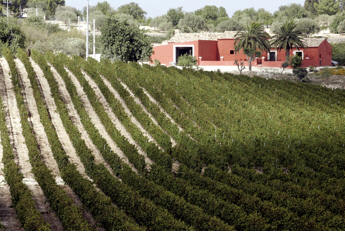 Though it's raining and 63 degrees here today in Boston, it's still summer. That means our wine reps are bringing out all the clever white wines they can find to further enhance the shop's boutique selection of wines - before it gets more permanently chilly and whites lose some of their selling power.
Yesterday I had the opportunity to try
Though it's raining and 63 degrees here today in Boston, it's still summer. That means our wine reps are bringing out all the clever white wines they can find to further enhance the shop's boutique selection of wines - before it gets more permanently chilly and whites lose some of their selling power.
Yesterday I had the opportunity to try